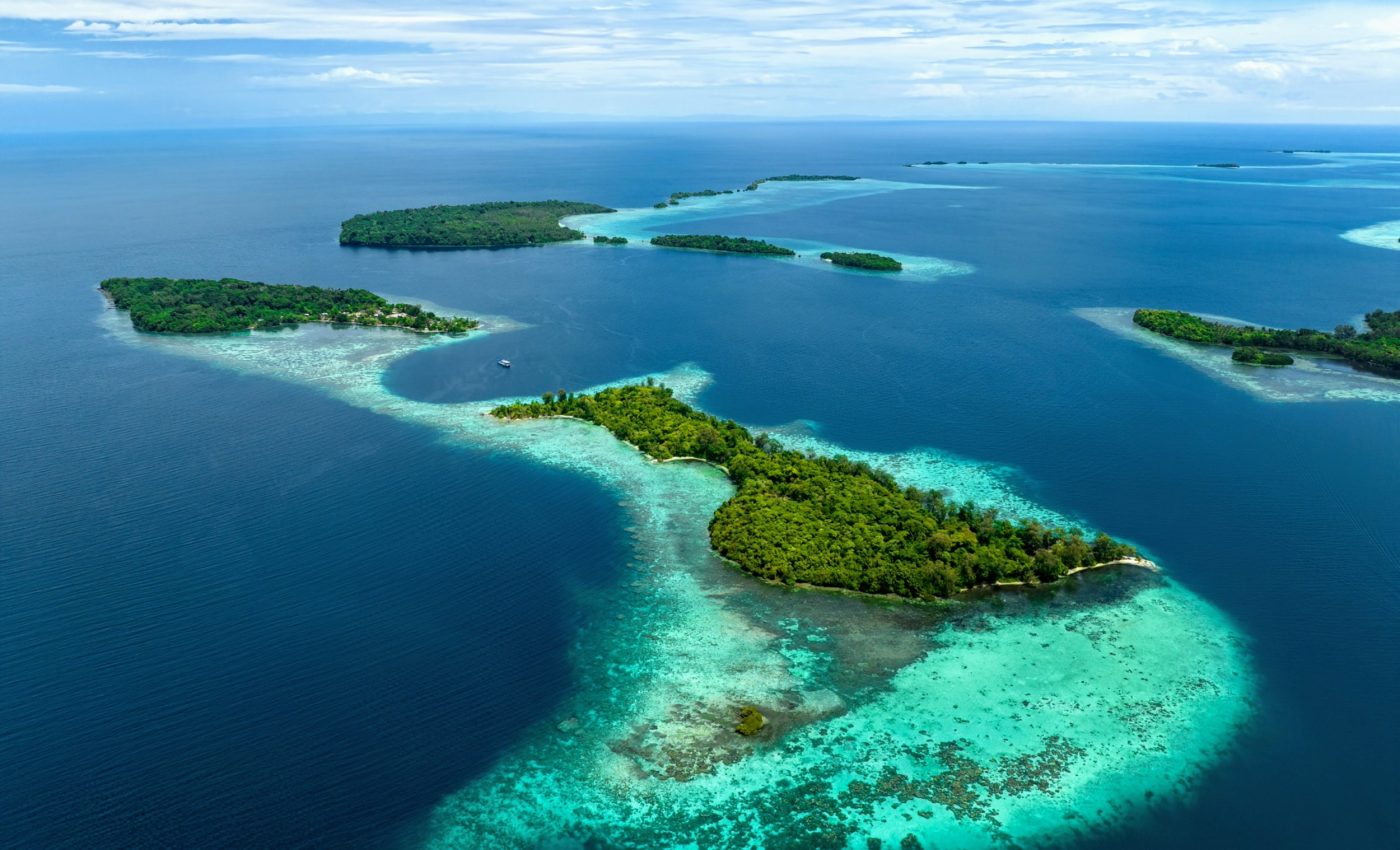
Largest coral in the world found in the Solomon islands
The planet keeps surprising us with its hidden wonders, even in a time when we thought we had seen it all. The latest surprise is a gigantic coral organism, so immense that it can be seen from space, concealed below the waters of the Solomon Islands.
This colossal coral has a staggering circumference of 183 meters. It’s not a simple, singular life form, but an intricate collection of individual coral polyps.
The massive coral system is estimated to have been growing and expanding for the past three to five centuries.
The location of this underwater marvel? The region of the western Pacific, often referred to as the “coral triangle.”
The scientists who have brought this hidden gem to light are members of the National Geographic Pristine Seas team.
Significance of the massive coral
As active as a bustling city, yet as quiet as a vast desert, this formation is a haven teeming with an array of marine species, including various fish, crabs, and shrimps.
It isn’t just a large rock but a living, pulsating ecosystem that’s mostly brown with splashes of vivid yellows, blues, and reds. This magnificent coral is lovingly referred to as the “Pavona clavus.”
According to Enric Sala, a marine ecologist and explorer in residence for National Geographic, the discovery of this coral is as monumental as finding the world’s tallest tree.
“Just when we think there is nothing left to discover on planet Earth, we find a massive coral made of nearly 1bn little polyps, pulsing with life and color,” said Sala.
Millions of connected organisms
The colossal coral stands in stark contrast to a traditional coral reef. The latter is a complex network of many coral colonies, whereas this discovery is a standalone entity.
It has grown nonstop with polyps originating from larvae that settled on the seabed and then multiplied into millions of other genetically identical polyps over the centuries.
When the team initially spotted this organism, which is 34 meters wide, 32 meters long, and more than 5 meters high, they mistook it for a shipwreck.
The expedition’s underwater cinematographer took the plunge more than 12 meters down to the coral and discovered it was, in fact, a Pavona clavus.
What this discovery means
Ronnie Posala, an officer for the Solomon Islands fisheries ministry, commented on the significance of the discovery.
“For the people of the Solomon Islands, this mega coral discovery is monumental. It reinforces the importance of our ocean, which sustains our communities, traditions, and future,” said Posala.
He emphasizes how such discoveries remind us of our duty to safeguard these natural wonders for their ecological value and the livelihoods and cultural identity they provide.
Eric Brown, a coral scientist for the Pristine Seas expedition, views the giant coral system as an encouraging sign.
“While the nearby shallow reefs were degraded due to warmer seas, witnessing this large healthy coral oasis in slightly deeper waters is a beacon of hope,” said Brown.
Coral resilience and threats
The discovery of this giant coral serves as a powerful reminder of the resilience of our complex marine ecosystems, but also highlights the ongoing threats they face.
Coral reefs worldwide are increasingly impacted by climate change, pollution, and unsustainable fishing practices.
The Solomon Islands’ Pavona clavus, flourishing in slightly deeper waters, may highlight a potential adaptation strategy against warming seas, demonstrating that some corals may survive where others cannot.
Scientists hope that this remarkable find will prompt further research into how deeper-water corals manage to thrive despite changing conditions, potentially offering insights into preserving and protecting more vulnerable shallow reef systems.
What are the biggest threats to coral reefs?
Coral reefs are under significant threat due to a combination of natural and human-induced factors.
Climate change plays a major role, as rising ocean temperatures cause coral bleaching – a process where corals lose their vibrant colors and vital symbiotic algae, often leading to death.
Additionally, increasing levels of carbon dioxide in the atmosphere contribute to ocean acidification, which weakens coral skeletons and hinders their growth.
Human activities such as overfishing disrupt the delicate balance of reef ecosystems by removing key species that help maintain the health of the coral.
Pollution further exacerbates the problem, with agricultural runoff introducing excessive nutrients into the water, leading to algal blooms that outcompete corals for sunlight and space.
Efforts to protect coral reefs focus on addressing these threats through global and local actions, such as reducing greenhouse gas emissions, implementing sustainable practices, and restoring damaged reef areas.
—–
Like what you read? Subscribe to our newsletter for engaging articles, exclusive content, and the latest updates.
Check us out on EarthSnap, a free app brought to you by Eric Ralls and Earth.com.
—–













